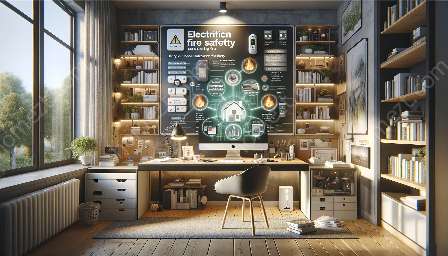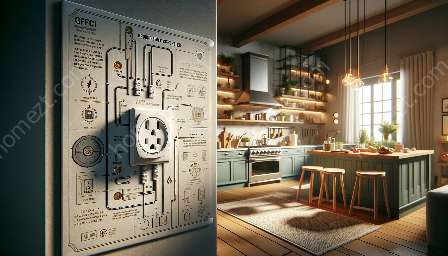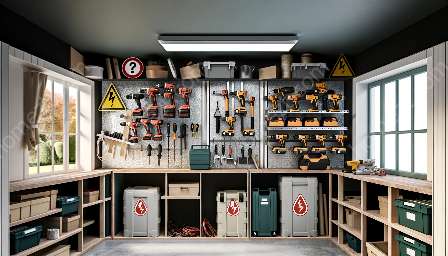Electrical safety at home is crucial for preventing hazards. One common risk is overloading electrical sockets, which can lead to electrical fires, damaged appliances, and even electrocution. To ensure home safety and security, it's essential to understand the dangers of overloading electrical sockets and take preventive measures.
The Dangers of Overloading Electrical Sockets
Overloading electrical sockets occurs when too many devices are plugged into a single outlet, drawing more current than the socket can handle. This can lead to overheating and potential fire hazards. Some common dangers associated with overloading electrical sockets include:
- Fire Risk: Overloading can cause the socket or wiring to overheat, leading to electrical fires.
- Appliance Damage: Excessive current flow can damage connected appliances, posing a risk of electric shock or malfunction.
- Electrocution: Overloaded sockets increase the risk of electrocution, especially in the event of a short circuit.
Preventing Overloading and Ensuring Home Electrical Safety
To mitigate the hazards of overloading electrical sockets and ensure home electrical safety and security, consider the following tips:
- Use Power Strips: Instead of overloading a single outlet, use a power strip with a built-in surge protector to accommodate multiple devices.
- Avoid Daisy Chaining: Do not connect multiple power strips or extension cords in a series, as this can exceed the outlet's capacity.
- Distribute the Load: Spread out high-power devices across different outlets to avoid overloading a single socket.
- Unplug Unused Devices: Disconnect devices that are not in use to reduce the load on electrical sockets and minimize the risk of overheating.
- Regular Inspections: Periodically check for signs of wear or damage to electrical sockets and wiring, and address any issues promptly.
By adhering to these preventive measures, homeowners can significantly reduce the risk of overloading electrical sockets and promote home safety and security.



















